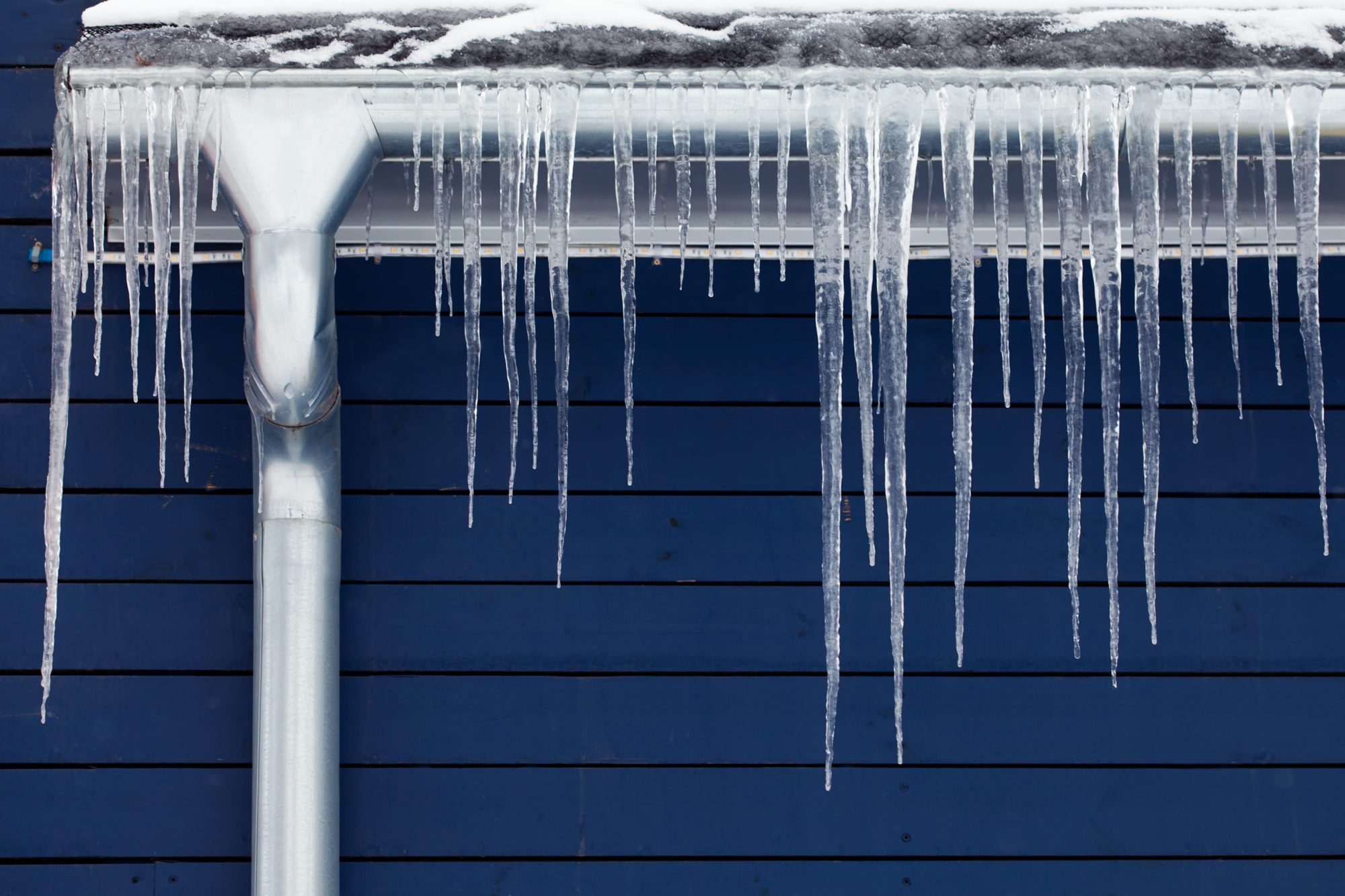The content down below involving How To Avoid Freezing Pipes is relatively engaging. You should take a peek.
:strip_icc()/snow-outdoor-faucet-pipes-4af65d1e5e904fb1aa7bf74071fe5d89.jpg)
Winter can ruin your plumbing, particularly by freezing pipelines. Below's just how to avoid it from occurring and what to do if it does.
Intro
As temperature levels decline, the danger of frozen pipes rises, potentially resulting in costly repair work and water damage. Understanding how to prevent icy pipelines is vital for home owners in cool climates.
Understanding Frozen Pipelines
What causes pipes to freeze?
Pipes ice up when revealed to temperatures below 32 ° F (0 ° C) for prolonged durations. As water inside the pipelines ices up, it expands, putting pressure on the pipe wall surfaces and possibly causing them to rupture.
Dangers and damages
Frozen pipelines can cause water interruptions, building damages, and expensive repairs. Ruptured pipes can flooding homes and cause considerable architectural damage.
Signs of Frozen Pipes
Determining frozen pipes early can prevent them from breaking.
Just how to recognize frozen pipes
Look for reduced water circulation from faucets, uncommon odors or noises from pipelines, and visible frost on subjected pipes.
Avoidance Tips
Shielding vulnerable pipes
Cover pipes in insulation sleeves or make use of warm tape to shield them from freezing temperatures. Concentrate on pipelines in unheated or exterior areas of the home.
Home heating techniques
Keep indoor rooms adequately heated, particularly areas with plumbing. Open cabinet doors to permit cozy air to flow around pipelines under sinks.
Safeguarding Outdoor Plumbing
Garden hose pipes and exterior faucets
Disconnect and drain pipes yard tubes before winter months. Set up frost-proof faucets or cover exterior faucets with insulated caps.
What to Do If Your Pipes Freeze
Immediate actions to take
If you believe icy pipes, keep faucets available to soothe stress as the ice melts. Make use of a hairdryer or towels taken in hot water to thaw pipelines slowly.
Long-Term Solutions
Architectural modifications
Think about rerouting pipes away from outside walls or unheated areas. Include extra insulation to attics, basements, and crawl spaces.
Upgrading insulation
Invest in high-grade insulation for pipelines, attics, and walls. Appropriate insulation aids keep constant temperature levels and lowers the risk of frozen pipelines.
Final thought
Preventing icy pipelines calls for positive procedures and quick feedbacks. By recognizing the causes, signs, and safety nets, property owners can protect their pipes throughout cold weather.
5 Ways to Prevent Frozen Pipes
Drain Outdoor Faucets and Disconnect Hoses
First, close the shut-off valve that controls the flow of water in the pipe to your outdoor faucet. Then, head outside to disconnect and drain your hose and open the outdoor faucet to allow the water to completely drain out of the line. Turn off the faucet when done. Finally, head back to the shut-off valve and drain the remaining water inside the pipe into a bucket or container. Additionally, if you have a home irrigation system, you should consider hiring an expert to clear the system of water each year.
Insulate Pipes
One of the best and most cost-effective methods for preventing frozen water pipes is to wrap your pipes with insulation. This is especially important for areas in your home that aren’t exposed to heat, such as an attic. We suggest using foam sleeves, which can typically be found at your local hardware store.
Keep Heat Running at 65
Your pipes are located inside your walls, and the temperature there is much colder than the rest of the house. To prevent your pipes from freezing, The Insurance Information Institute suggests that you keep your home heated to at least 65 degrees, even when traveling. You may want to invest in smart devices that can keep an eye on the temperature in your home while you’re away.
Leave Water Dripping
Moving water — even a small trickle — can prevent ice from forming inside your pipes. When freezing temps are imminent, start a drip of water from all faucets that serve exposed pipes. Leaving a few faucets running will also help relieve pressure inside the pipes and help prevent a rupture if the water inside freezes.
Open Cupboard Doors
Warm your kitchen and bathroom pipes by opening cupboards and vanities. You should also leave your interior doors ajar to help warm air circulate evenly throughout your home.

I came across that blog entry about Prevent Frozen Pipes when surfing the web. Sharing is caring. You won't know, you will be helping someone out. Thank-you for taking the time to read it.
Call Today